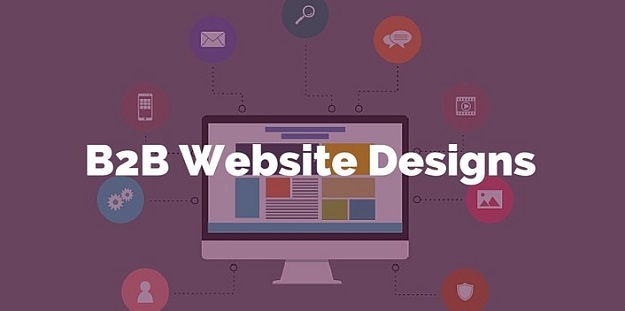A B2B website is a website which is designed for the purpose of selling the products and services directly to the businessmen and not the retail consumers. Some of the examples of B2B website are www.cat.com, www.uline.com etc. A B2B website design depends largely on the trust factor.
LEGITIMATE IDENTIFICATION
The buyers of a b2b website usually judge a company’s credibility from the impression that they have derived from the website. It should include an updated ‘about us’ section, contact information and a short summary of the products and services. Therefore, in order to improve the trustworthiness, the website should be designed with a proper header and footer to feature the company’s address, contact information and all the other details. In order to prove trust and credibility, attaching banner images where the workers are doing their daily work go a long way to prove
the legitimacy of the company.
BASIC CONTENTS
The buyers gain their first impression from the website. Therefore, adding some of the important tools like video tutorials and audios are important in boosting the relationship with the buyer. Therefore, in order to enhance the credibility, pricing information is attached to the websites for a trial period. There should be a direct access to technical support on the website so that the customers can get instant information. This will build trust and increase the prospects.
IMPROVING CONTENT CREATION
In order to establish oneself as a reliable b2b and vendor, it is essential to research the users content preference by interviews or surveys, create a content asset after the findings, and focus on one particular element and create a diverse version of it to test the impression.
DISTRACTION-FREE WEBSITE
The buyers usually neglect the websites which includes lack of information, poor navigation, animated ads, poor design, videos or audios that pop up while surfing the website. In order to improve the credibility, the GDD identifies the drivers and barricades at work on the website and the result is measured in order to deliver continuous improvement of the website and the user experience.
PERSONAL INFORMATION
The personal contact information of a buyer is a valuable asset. The forms provided for the contact information should pass the credibility test. An odd design could confuse a user from completing a form. The forms should be professional enough and should contain proper questions. The details in the form should be clear and accurate. It is important to mention that after filling the form, should they expect to get a call from the technicians or the business owner himself.
MOBILE FRIENDLY WEBSITE
The use of Android phones has increased leaps and bounds. Therefore, the majority of the b2b website development companies are developing websites that are mobile friendly. 41% of the buyers are using smartphones to search for the b2b products. Majority of the respondents have stated that they do expect the website to be mobile friendly. Therefore, to enhance the trustworthiness, the websites should be made mobile user-friendly. A mobile unfriendly website not only reduces the customers but also results in poor ranking in the search engines. Optimizing the conversion path for the mobile users is a useful investment.
FOCUSING ON THE ELEMENTARY
B2B marketing is not at all tough. In order to generate trust, it is important to grip the basics of inbound marketing along with growth driven design and hence one can automatically expect the traffic volumes and conversion rates to move upwards.

